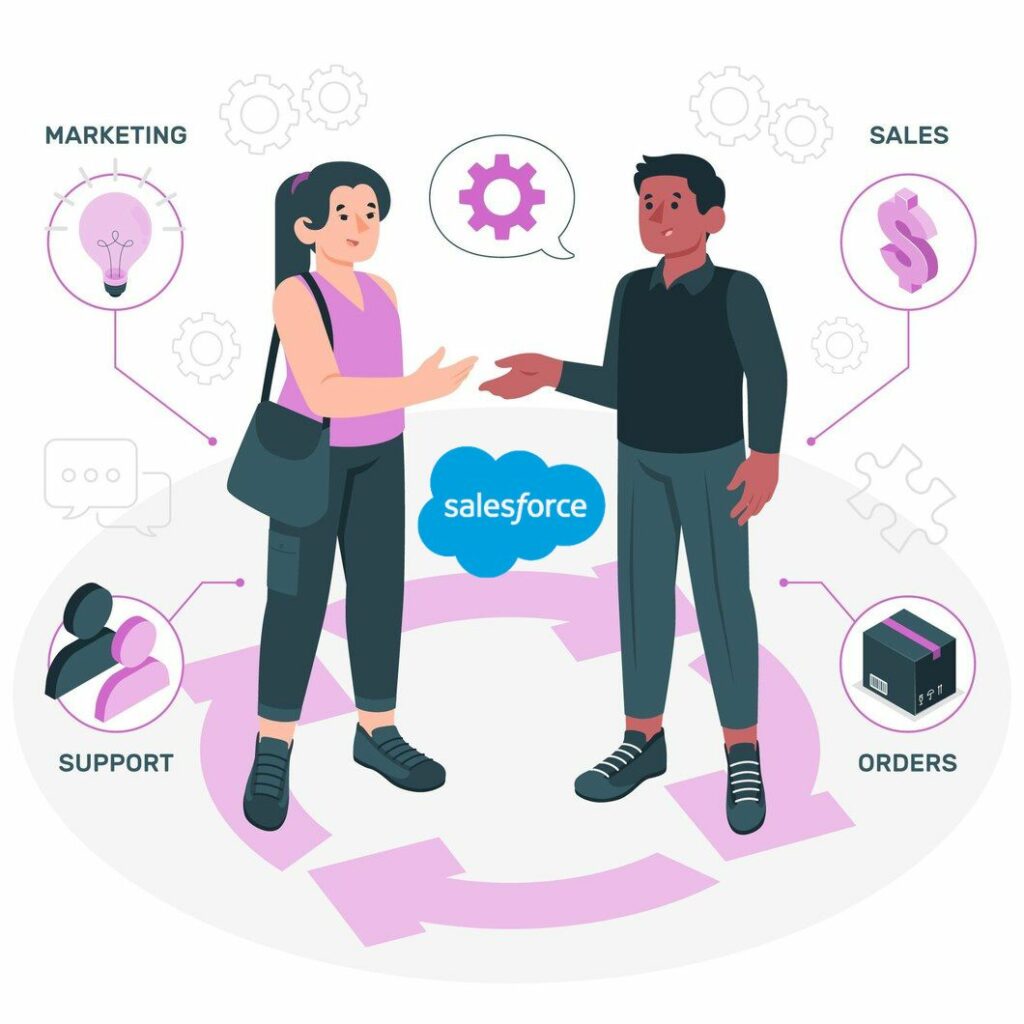Process Costing -What it is and why it’s Important
Process Costing -What it is and why it’s Important
When a company produces the same or similar objects, they can go for process costing as an accounting method. When the products are the same, the cost is also the same. So, what’s the use of tracking cost for every individual object?
Let’s check some cases where process costing is used:
- A package food company, creating the same food item for numerous packages.
- A company creating bricks for houses.
Now that you have a basic idea about process costing, let’s move into a detailed definition and learn what it is.
What is Process Costing?
Process costing is the accounting methodology that companies use to identify the cost of items by finding the cost of every stage of production of the item.
Then, you add the cost of various stages and divide the total cost by the number of items to get the product cost for one item.
Let’s take an example of a bottle manufacturing company. There are different stages of producing a bottle from the raw material. So, they will add the cost of every stage. Then, they will add the cost of every stage of bottle creation. Lastly, they’ll divide the total cost by the number of bottles produced for that cost. It gives them the cost of one bottle.
The main industries where product costing is used:
- Oil refining
- Manufacturing
- Food and beverage production
- Chemical development and processing
- Textile and clothing
- Glass industry
- Cement industry
Under process costing, there are several methods which we will discuss in the later part of the article.
Why is Process Costing Important?
Process costing is one of the best methods to identify the cost price of an individual product. Based on that, companies get the exact idea of what should be the selling price of the product, keeping their suitable profit margin.
Another major benefit of profit costing comes in cost reduction by analyzing the cost of every stage and finding the areas where cost can be minimized.
Let’s dive into stances when Process costing plays an important role:
Profit Margin Monitoring
There are companies which sell low-cost products in high volume and work on low-profit margins. For instance, candles, matchsticks, and screws. For such businesses, if the process cost changes slightly, it heavily affects the profit margin, negatively or positively.
Process costing allows these businesses to check the exact cost price and understand its fluctuation. It helps them to understand the reason why the product cost has increased and where the improvement is required.
Inventory Control
When there are millions of products created, it can be difficult to report inventory to Internal Revenue Services for tax requirements. This is when process costing comes into the picture and helps companies find out the cost of each item by allowing departments to track the direct costs, such as material costs.
Homogenizing Reporting
To perform the process costing method, you need to calculate the expenses for each stage and each department. These expenses are required to be calculated in the same way in order to add them to find the overall cost. This helps in making the reporting process and cost-tracking process uniform, allowing one to understand the change in cost over time and find room for improvement.

Detailed Understanding of Process Costing
There are a number of stages through which the same products go through. As we already mentioned, these products can’t be separated or categorized as they are all the same.
To apply process costing methodology for calculating product cost, businesses first need to identify the direct and indirect costs for every stage.
One can say that the direct costs are the ones that are directly related to the production of items. For instance, raw material, employee salary, etc.
Indirect costs are the ones that are secondary and do not have a direct relation with the production of items. For instance, the rent of the place or the maintenance cost of the equipment.
There could be some grey area between direct and indirect costs, but based on your understanding, you can categorize the costs as direct or indirect.
Now, these costs can be further segmented into direct costs, such as material consumed, electricity, water, etc., and conversion costs, such as process-related costs such as wages, maintenance, etc.
For each step, the amount of raw material, labour costing, maintenance, overhead costs, etc., needs to be calculated.
Then, they calculate the total cost of each stage and add them to find the overall production cost. Then, by dividing it by the number of products, they get the cost of one product.
Steps for Conducting Process Costing
After having a detailed overview of the process costing, it’s time to know about each of its steps. One thing to note is that to find the cost of each item accurately, process costing considers the items that are in progress – for which item creation has started but not ended.
Now, let’s check each step one by one:
Analyze Inventory
It is essential to calculate the inventory at the start to understand how the item flow works. One must know the number of items started, completed, and transferred out during the period. And how many items are incomplete in the end.
Calculate Incomplete Products
There will always be incomplete products at the end of the period. So, how does process costing take those products into consideration?
According to process costing, we can consider that the number of incomplete products combines to make complete products, where the number of complete products depends on the incomplete products’ progress.
For instance, if there are 500 incomplete products with 50% progress, those will be equal to 500 X 50/100 = 250 products.
Calculate Applicable Costs
This step includes calculating the direct and indirect costs of the products for all stages.
Calculate the Cost Per Unit
Here is the step when we get the cost of individual items. In this step, you need to divide the total process cost by the number of items.
So, let’s say there are 2500 completed products and 700 incomplete products that have completed 65% progress. So, as per the process costing, we will count that there are 2500 + (700 X 65/100) = 2955 products.
If the cost calculated by each department is around $9320, then the cost of one product will be $9320/2599 = $3.15.
Segmenting the cost of complete and incomplete products
After finding the cost of one product, you can also segment the overall cost for completed products and the cost for incomplete products, which will help you identify how much money is caught up in the incomplete items.
Taking forward the same example, the number of complete items is 2,500, so the total cost to complete these items is $ 7,875.
Now, coming to the cost of incomplete products, here is the amount = 500 X $3.15 = $1,575.
Types of Process Costing
There are three different types of process costing methods, which are as follows:
- Weighted average costing: This is useful for businesses where the cost doesn’t fluctuate much with time. So, they can simply calculate process costing by adding up all the direct and indirect costs for the period and dividing them by the completed and incomplete products for that period.
- Standard Costs: In this method, rather than calculating the exact cost for each stage, we need to calculate the estimated or the standard cost for each stage. Sometimes, it’s impossible to calculate the costs of different processes at different stages. That time, this method is beneficial.
- First in, First out (FIFO): The method is used when the change in cost is significant, even in a short period. It can be because of changes in material rates, changes in delivery channel rates, etc. With this method, you get the precise cost of the production. However, the only downside is that it’s complicated.
How Can You Automate Process Costing Using NetSuite?
We already discussed how the process costing works, where all departments calculate their costs, and this cost is then summed up to find the overall cost. To add costs from different departments, it is essential that the reporting is done uniformly.
Here comes the NetSuite Enterprise Resource Planning for your support. It extracts the data, including from various company departments and places them in a common digital space. It allows you to track the required information easily and get the cost for the stages of manufacturing.
Therefore, the NetSuite ERP System will automate the calculation for expense and profitability. Therefore, the platform will make it easy and quick to do the process costing. As the software allows you to keep the information in the same format across the business, tracking department-wise costs becomes straightforward.
Besides that, the software also helps manufacturing businesses manage different aspects: supply chain, procurement, and customer relationship management (CRM).
This end-to-end financial management solution is all you need to have the proper understanding of your business’s financial performance.
Cloudiotech’s NetSuite ERP Services
Cloudiotech provides all types of services for NetSuite ERP systems. We are one of the best ones in the industry who have implemented NetSuite’s ERP system for several businesses from multiple domains, including manufacturing.
If you are new to NetSuite ERP and want to know more about the software, we can provide you with a free consultation session and explain more about our services and products.
Moreover, if you choose to go forward with NetSuite ERP systems, we can provide complete implementation services. If you are already using another ERP system and want to switch to NetSuite, we can help you migrate all your data.
Apart from that, we render complete training for the NetSuite ERP system and help your employees make the most of it. You can also choose to have an on-site staff from our end who will guide your employees in managing the NetSuite ERP system.
Conclusion
In this article, we learned about what process costing is, what are its various types, how to conduct process costing and its importance. We also checked how the NetSuite ERP system can help you with automating the process costing.
If you want to know more about NetSuite’s application for performing process costing, contact our team, and they will give you in-depth insight.
We hope you found this article informative.
Ready to Streamline Your Process Costing Effortlessly?
Discover how the NetSuite ERP System can be your ultimate solution!




